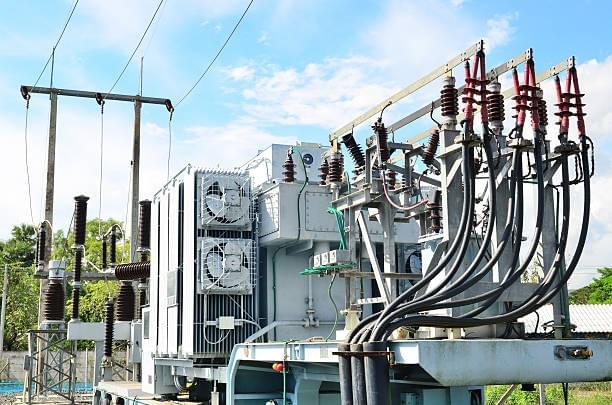Introduction
In the complex world of electrical systems, grounding resistance plays a critical role in ensuring safety, performance, and reliability. This comprehensive guide will explore the intricate standards and requirements for grounding resistance across various electrical environments, providing engineers, technicians, and safety professionals with essential insights into maintaining robust electrical infrastructure.

Table of Contents
- What is Grounding Resistance?
- Working Grounding Standards
- Protective Grounding Requirements
- Lightning Protection Grounding
- Static Electricity Grounding
- Transformer Grounding Standards
- Importance of Proper Grounding

What is Grounding Resistance?
Grounding resistance is a crucial parameter that measures the effectiveness of electrical systems' connection to the earth. A lower resistance value indicates better grounding quality, which directly impacts equipment safety and system performance.
Working Grounding Standards
Key standards for working grounding include:
- General working grounding: Resistance ≤ 4 ohms
- Neutral point grounding: Resistance < 4 ohms
- Non-neutral point grounding: Resistance < 10 ohms
Protective Grounding Requirements
Protective grounding standards vary based on specific system configurations:
- Repeated grounding: Resistance ≤ 10 ohms
- Comprehensive protective grounding: Resistance < 1 ohm
Lightning Protection Grounding
Lightning protection demands stringent grounding resistance standards:
- Maximum acceptable resistance: ≤ 102 ohms
- Comprehensive lightning and protective grounding: < 1 ohm
Static Electricity Grounding
Static electricity grounding requires:
- Maximum resistance: 100 ohms
Transformer Grounding Standards
For transformers below 100KV:
- Maximum grounding resistance: 10 ohms
Importance of Proper Grounding
Proper grounding is essential for:
- Electrical system safety
- Equipment protection
- Minimizing electrical interference
- Preventing potential electrical hazards
Conclusion
Understanding and implementing appropriate grounding resistance standards is crucial for maintaining safe and efficient electrical systems. By adhering to these guidelines, organizations can significantly reduce risks and enhance overall electrical infrastructure performance.

About Nengfu Electrical
Nengfu Electrical specializes in providing cutting-edge electrical system solutions and engineering services, driving innovation and digital transformation in the energy sector.
